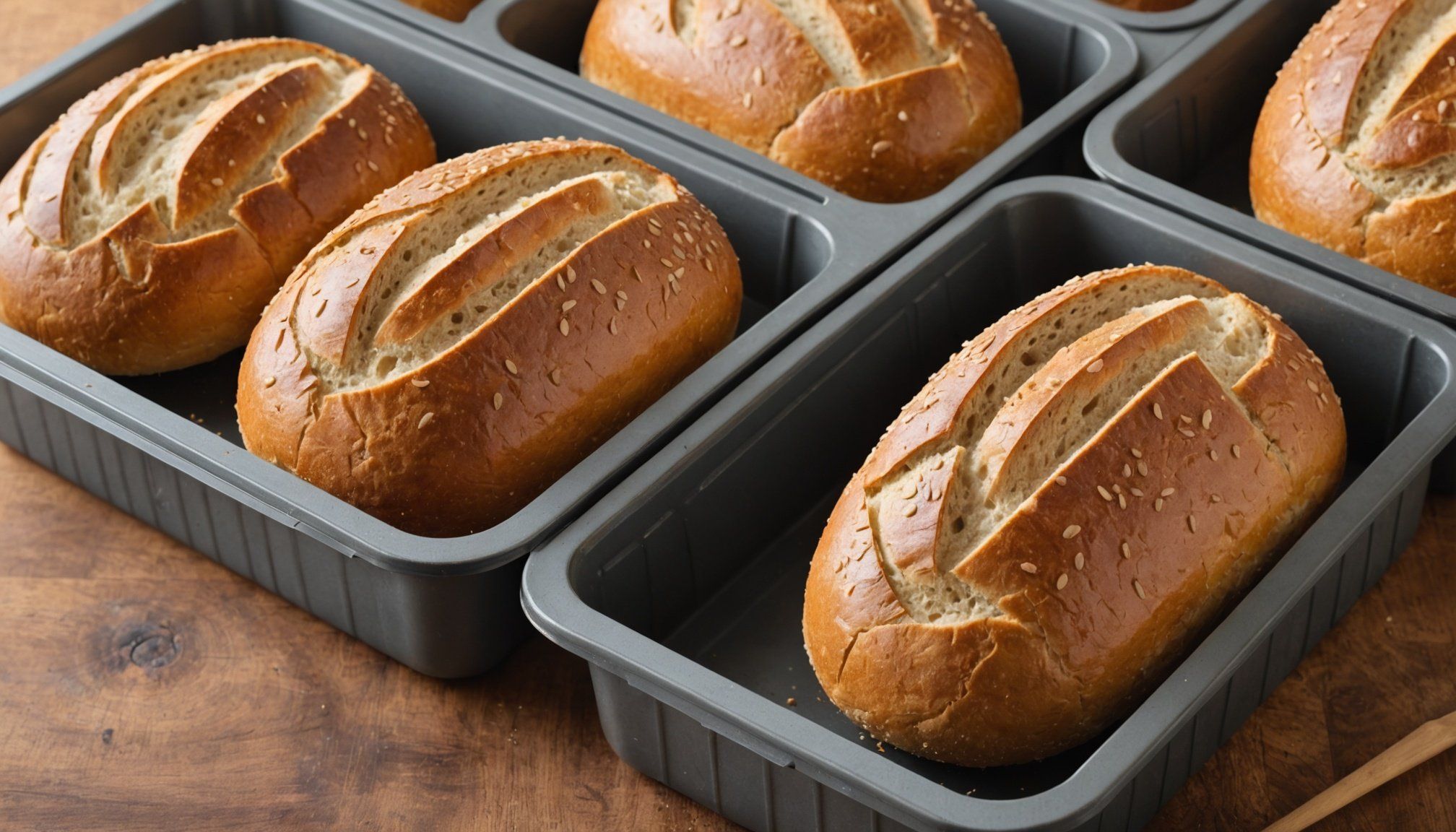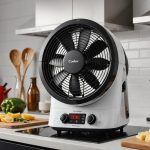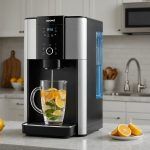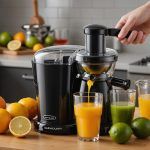Understanding Mold Development in Bread Boxes
Mold growth in bread is a common issue that many encounter, usually manifesting as fuzzy patches in shades of green, black, or white. This unwelcome sight is primarily due to the presence of mold spores in the environment, which thrive under certain conditions. Several factors contribute to the growth of mold, particularly within closed systems like bread boxes.
The primary cause of bread mold is moisture. In addition to moisture, warmth and a lack of airflow also accelerate mold development. Bread boxes, if improperly ventilated, create an ideal environment for mold due to the concentrated humidity.
In parallel : Ideal Toaster Ovens for Snug Kitchens: Space-Saving Solutions for Limited Countertops
To prevent mold in bread boxes, it’s crucial to maintain a clean storage area. Equally important is storing bread in ways that minimise exposure to moisture, such as by wrapping in dry, breathable materials. Hygiene plays a significant role as well; regularly cleaning the box helps eliminate spores that can cause mold to proliferate.
Understanding these fundamentals facilitates better strategies for fresh bread, ensuring bread lasts longer and remains free from mold. Adapt these methods to reduce the risk of mold and enjoy fresher bread for extended periods.
Also to discover : Top factors to weigh when selecting a high-capacity bread machine for at-home baking bliss
Recommended Products for Bread Storage
Bread enthusiasts often seek the best solutions for mold prevention and bread longevity. Selecting the most effective mold-resistant bread storage products can significantly enhance bread freshness and storage conditions. These products often feature materials and designs that discourage mold growth.
Top-Rated Mold-Resistant Bread Boxes
Mold-resistant bread boxes are crafted from materials like stainless steel or coated metal, which hamper moisture accumulation. Designs that include ventilation slits or perforated panels help prevent mold by allowing adequate air circulation. Both of these features are critical in best bread boxes.
Bread Preservation Techniques and Gadgets
Numerous gadgets assist in preserving bread, such as vacuum sealers that remove air from bread packaging. This method reduces exposure to mold spores, thus prolonging freshness. Additionally, bread keeps in specially designed bags can help control humidity levels, another useful aspect of bread preservation products.
Reviews consistently highlight products that combine innovative design with functionality for bread freshness. Look for models with customer endorsements praising their efficiency and capacity to maintain bread’s natural taste and quality while minimizing mold risk.
Essential Hacks for a Mold-Free Bread Box
Ensure a mold-free bread experience by adopting strategic approaches to bread storage and maintenance. Implementing mold prevention techniques plays a vital role in preserving your bread and maintaining a clean storage environment.
Choosing the Right Bread Box
Opt for bread boxes crafted from mold-resistant materials like stainless steel or coated metal. These materials discourage moisture accumulation, a critical factor in mold development. Prioritise designs that offer adequate ventilation, such as those with slits or perforated panels. Ventilation reduces humidity levels, inhibiting mildew growth. Additionally, consider the size; a spacious box allows for better air circulation, minimising mold risk.
Best Practices for Storing Bread
Wrap your bread in dry, breathable materials to reduce moisture exposure. Contrary to popular belief, homemade and store-bought bread have different storage needs. Homemade bread often has fewer preservatives and can mold faster, so check and consume it promptly to ensure freshness. Regularly inspect your bread for freshness signs to catch any spoilage early.
Maintaining Cleanliness
Establish a cleaning routine to prevent mold in your bread box. Use safe, gentle cleaning products and refresh the box environment regularly. Cleaning once a week can effectively reduce mold spore accumulation, maintaining a hygienic space for your bread.
Environmental Factors Influencing Bread Freshness
Various environmental factors significantly impact the freshness and longevity of bread, with humidity and temperature playing critical roles. Managing these factors effectively can greatly extend a loaf’s shelf life.
Humidity Control
High humidity levels in storage areas can be detrimental to bread, encouraging rapid mold growth. Bread should be stored in environments with low humidity to inhibit moisture-related deterioration. If you live in a humid climate, consider using a dehumidifier or desiccant packs in storage spaces to maintain dryness.
Temperature Effects on Bread
The temperature at which bread is stored influences its freshness. Cooler environments, such as a refrigerator, can reduce mold growth but also lead to staleness. A consistent, slightly cooler than room temperature environment may be optimal, balancing freshness with longevity.
Seasonal Considerations
Seasonal changes can affect both temperature and humidity, impacting bread’s shelf life. During warmer, more humid seasons, extra precautions like additional ventilation or storage adjustments may be necessary. Conversely, in dryer periods, keeping bread in moisture-retentive containers helps maintain its texture.
By adapting storage strategies based on environmental changes, you can effectively maintain bread’s freshness and quality over time.
Alternative Bread Options for Longevity
Exploring different bread types can significantly influence how long your loaves remain mold-free. Certain varieties naturally possess a longer shelf life due to their ingredients and preparation methods.
Choosing Mold-Resistant Bread Types
Among the numerous bread types, sourdough stands out due to its enhanced longevity. This is attributed to its natural fermentation process, which creates an acidic environment that deters mold growth. Comparatively, whole grain and white bread differ in shelf life; whole grain bread generally spoils faster because of its higher moisture content. Meanwhile, specialty breads, like rye or pumpernickel, can also offer superior mold resistance due to dense or fermented ingredients.
Creative Storage Alternatives
Preserving specialty breads effectively requires creative storage methods. Freezing is an excellent option, as it halts mold development and prolongs freshness. To freeze bread effectively, slice it before wrapping it in airtight bags or foil to keep it fresh until needed. Additionally, consider repurposing stale bread into croutons or breadcrumbs, making optimal use within its freshness window. By understanding which bread types offer better mold resistance and utilizing smart storage techniques, the enjoyment of fresh bread is easily extendable over time.








